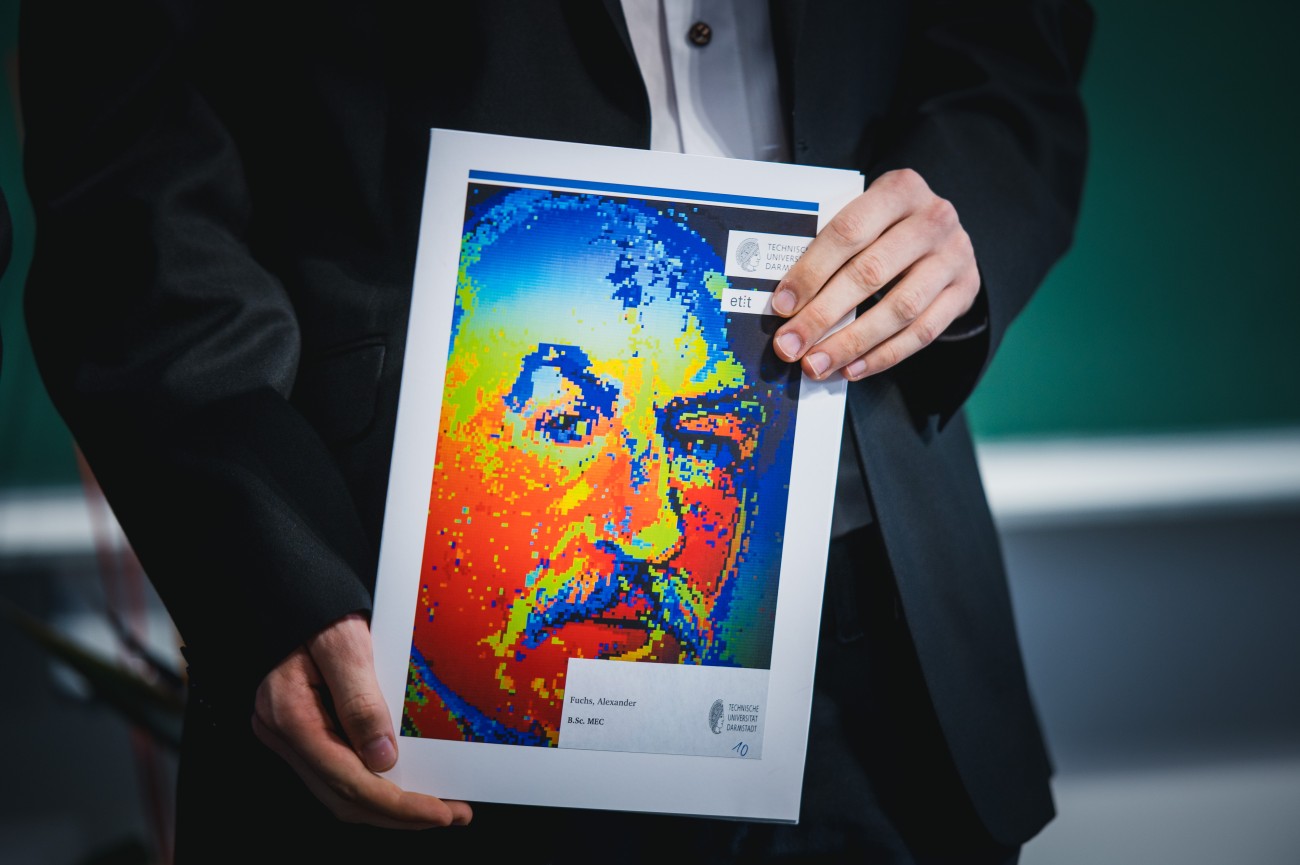Active Matter
Collective Intelligence, Modeling, Optimization and Control, Deep Learning
Arbeitstyp nach Absprache, Masterarbeit, Bachelorarbeit
Collective behavior of large scale ensembles of agents or particles is ubiquitous in nature. It is often characterized by the emergence of regular spatio-temporal dynamics from a disordered state without any central coordination. Examples include colonies of bacteria, schools of fish, flocks of birds, groups of people, and many more. A popular model to analyze such dynamics is a system of self-propelled particles (SPPs) that align their direction of motion to the average heading in their neighborhood. This model is known as the Vicsek model. Under such an update rule the system either converges to complete alignment or remains in a disordered state. However, many of the experimentally observed collective dynamics do not fall into these two categories. More specifically, regular, coherent and irregular, disordered dynamics are present simultaneously. A genuine coexistence of dynamical regimes was originally found in networks of nonlocally coupled oscillators and called a chimera state. This is a state of the particle system where groups of oscillators are synchronized while other oscillators undergo chaotic dynamics.


